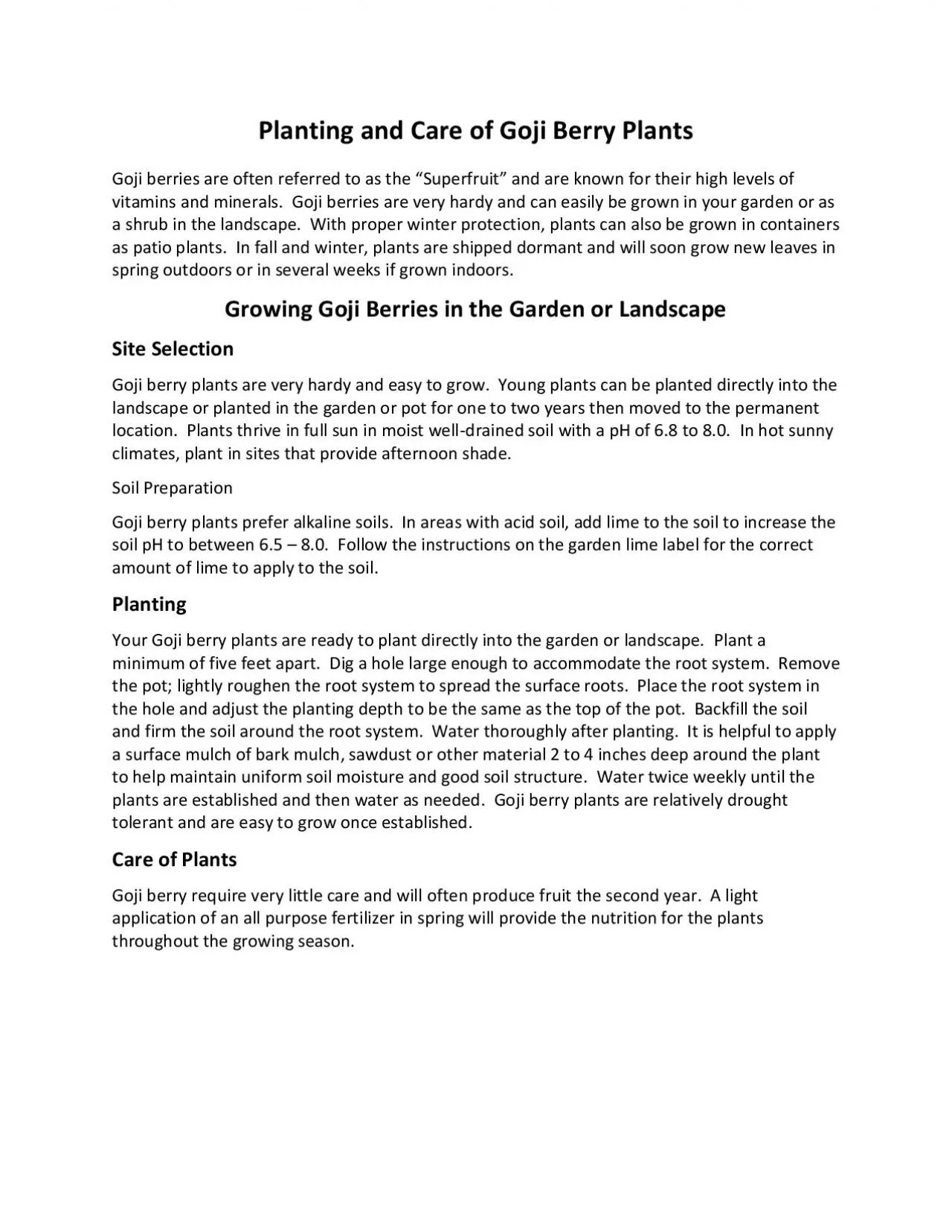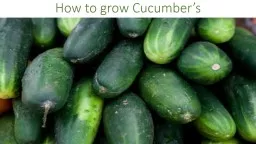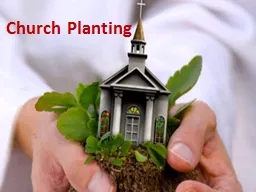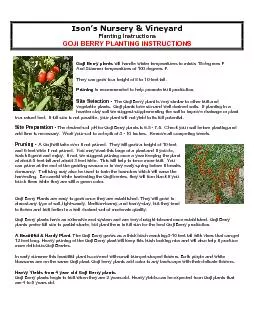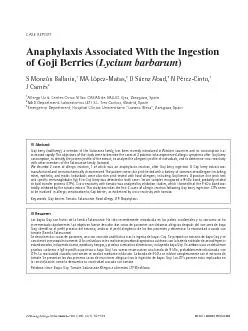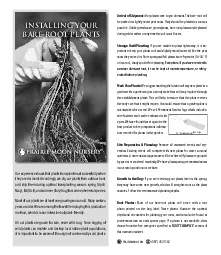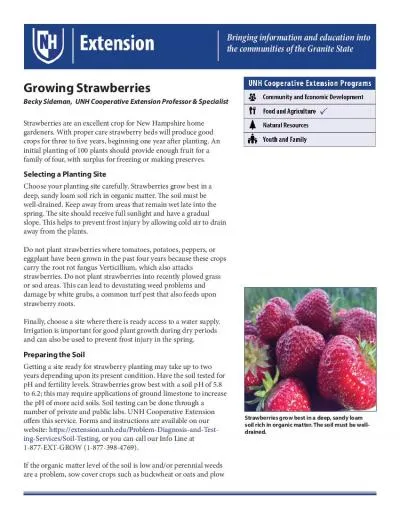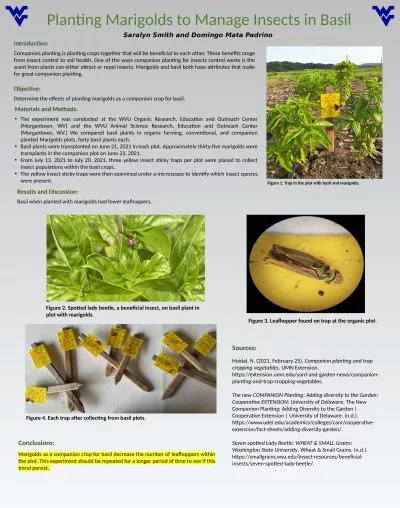PDF-Planting and Care of Goji Berry Plants
Author : madeline | Published Date : 2021-06-10
Goji berries are often referred to as the Superfruit and are known for their high levels of vitamins and minerals Goji berries are very hardy and can easily be grown
Presentation Embed Code
Download Presentation
Download Presentation The PPT/PDF document "Planting and Care of Goji Berry Plants" is the property of its rightful owner. Permission is granted to download and print the materials on this website for personal, non-commercial use only, and to display it on your personal computer provided you do not modify the materials and that you retain all copyright notices contained in the materials. By downloading content from our website, you accept the terms of this agreement.
Planting and Care of Goji Berry Plants: Transcript
Download Rules Of Document
"Planting and Care of Goji Berry Plants"The content belongs to its owner. You may download and print it for personal use, without modification, and keep all copyright notices. By downloading, you agree to these terms.
Related Documents

